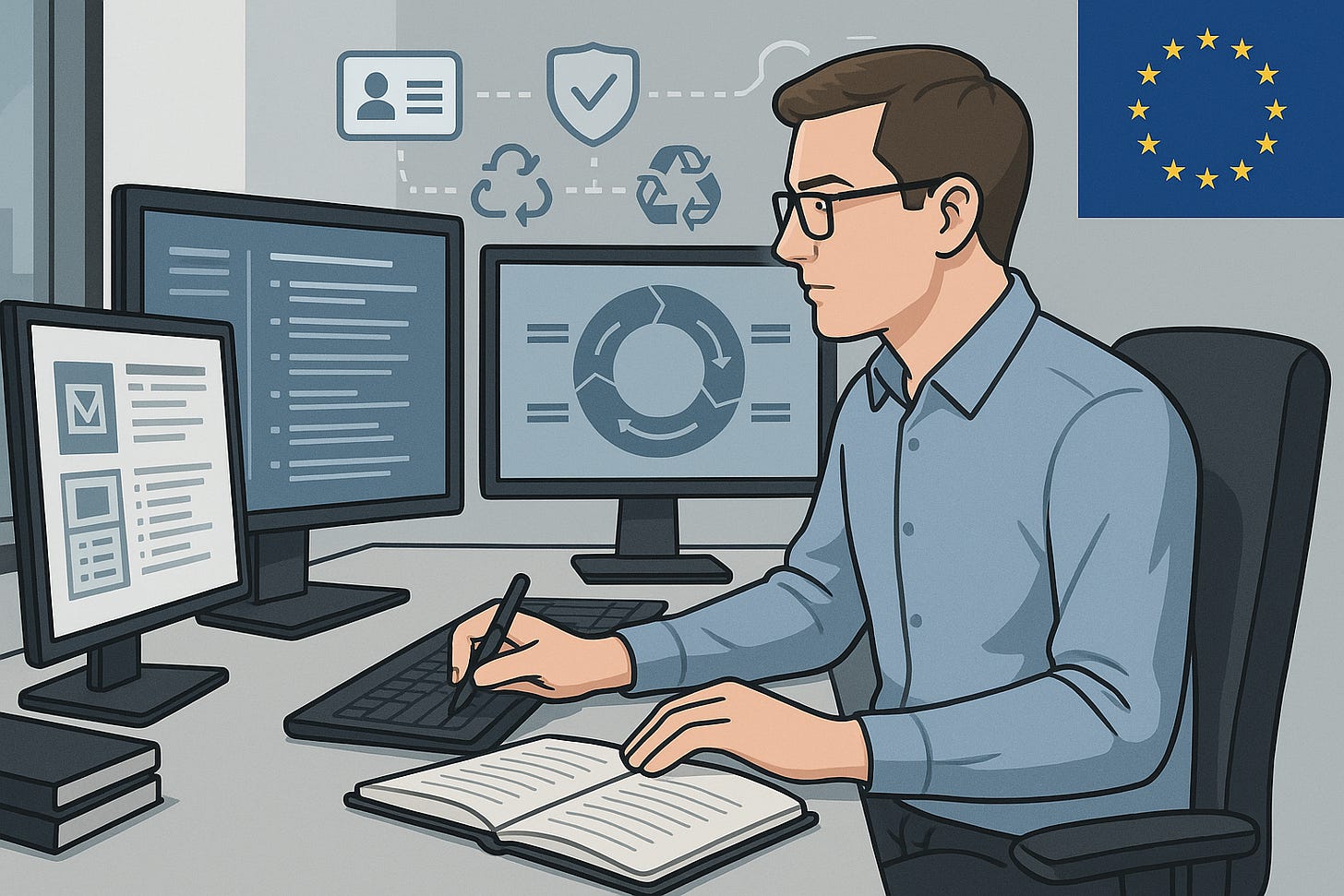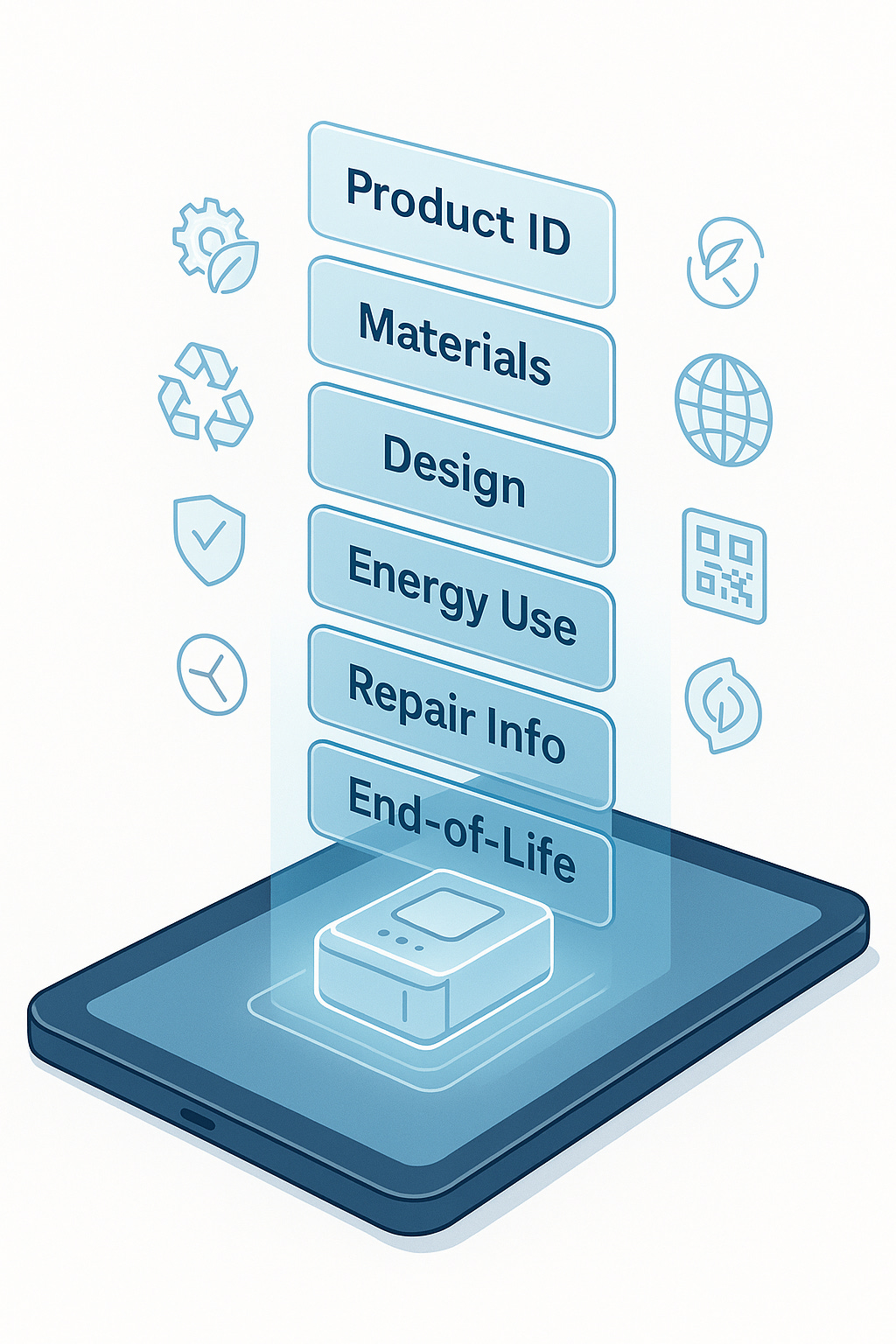Why Technical Writers Need To Understand Digital Product Passports
Even if you don’t live or work in the EU, if the products your company makes are sold there—or might be someday—this new requirement will likely land squarely in your lap
If you’re a tech writer and you’ve never heard of the EU’s new Digital Product Passport (DPP) requirement, you’re not alone. It hasn’t exactly made front-page news on Technical Communication Monthly (if that were a thing—it’s not). But make no mistake, this new regulation, introduced by lawmakers in 2022, it took effect in 2024, with major rule‑setting actions (working plan, standards) are expected by December 2025. Full implementation is anticipated by 2030.
Why Does This Matter To Tech Writers?
The DPP requirements will change how we create, share, and manage product information. If you think these requirements don't apply to you because you live or work in the United States—or anywhere not covered in metric measurements—you might want to sit down. This regulation isn’t just some Eurocratic experiment in circular economics. It’s a global wake-up call—and technical communicators everywhere need to listen.
So… What Is a Digital Product Passport?
Think of a DPP as a digital file cabinet stapled to your product (digital, of course), full of standardized, machine-readable facts about what’s in it, how it was made, how to fix it, and how to dispose of it without setting the Earth on fire.
DPPs are part of the EU’s push for a circular economy—a polite way of saying “we’d like to stop drowning in e-waste and polyester.” These passports will be required for a range of products, starting with batteries and electronics and expanding to textiles, furniture, and more.
Why Should You Care?
Because if your company sells products into the EU—or plans to—you’re going to need to generate this data. And guess who’s already sitting on a pile of that information, or at least knows where it lives?
That’s right. You. The technical writer.
The person who already documents material content, safety specs, repair steps, and take-back instructions—only now, you’ll need to do it in a structured, standardized format designed for machines and humans. (Don’t worry, robots still can’t proofread.)
Even if your product never crosses the Atlantic, chances are your company’s regulatory, sustainability, or marketing teams are paying attention. Because once the EU sets the bar, other countries tend to follow. (see also: GDPR panic of 2018.)
What’s In a DPP, Anyway?
Keep reading with a 7-day free trial
Subscribe to The Content Wrangler to keep reading this post and get 7 days of free access to the full post archives.



